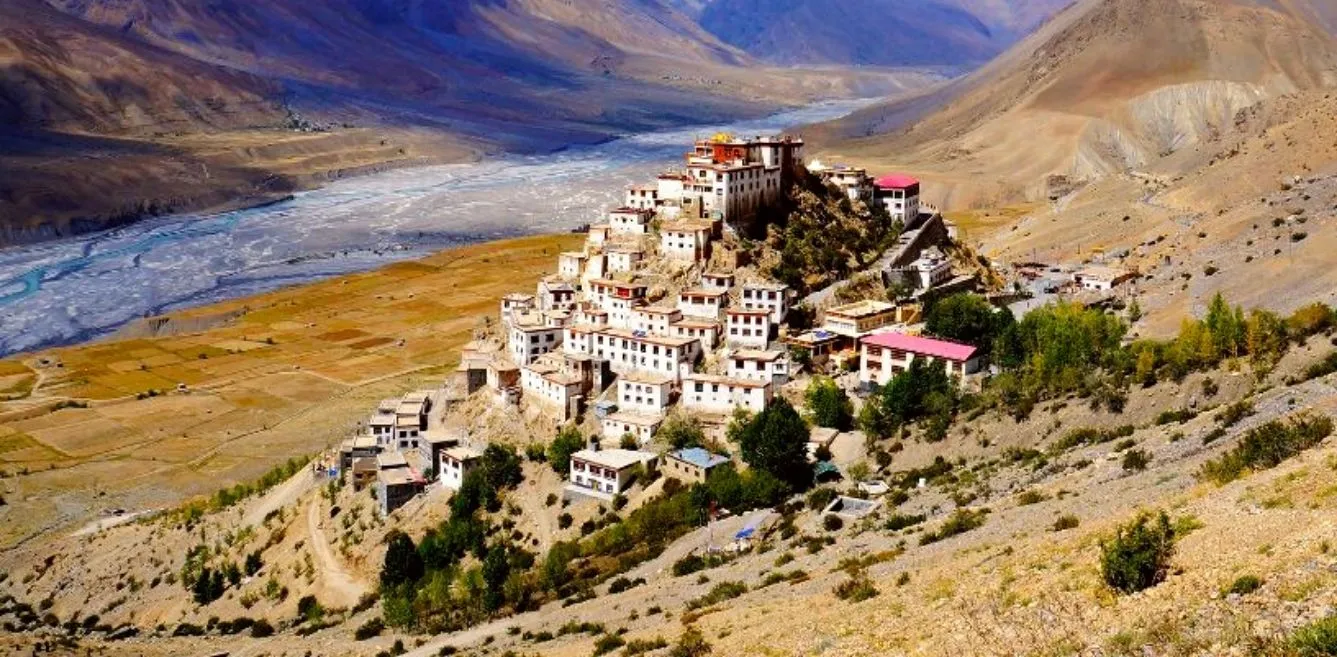kaza
Published on March 28, 2025
Nestled deep within the rugged terrains of Himachal Pradesh, Kaza is a destination that feels like stepping into another world. Located at an elevation of approximately 3,650 meters (11,975 feet), this remote town serves as the heart of the Spiti Valley—a region often referred to as the "Middle Land" due to its location between India and Tibet. Surrounded by barren mountains, glacial rivers, and ancient monasteries, Kaza offers a unique blend of adventure, spirituality, and untouched natural beauty.
The journey to Kaza is nothing short of extraordinary. Winding roads through treacherous mountain passes like Kunzum La and Rohtang Pass create a sense of anticipation and wonder. As you approach Kaza, the stark beauty of the desert-like terrain, dotted with traditional mud-brick houses and fluttering prayer flags, greets you with its raw charm. Known for its unspoiled landscapes and rich Buddhist heritage, Kaza remains relatively untouched by commercial tourism, making it a haven for travelers seeking authenticity over convenience. Let’s dive deeper into what makes Kaza such a remarkable destination and why it deserves a spot on every adventurer's map.
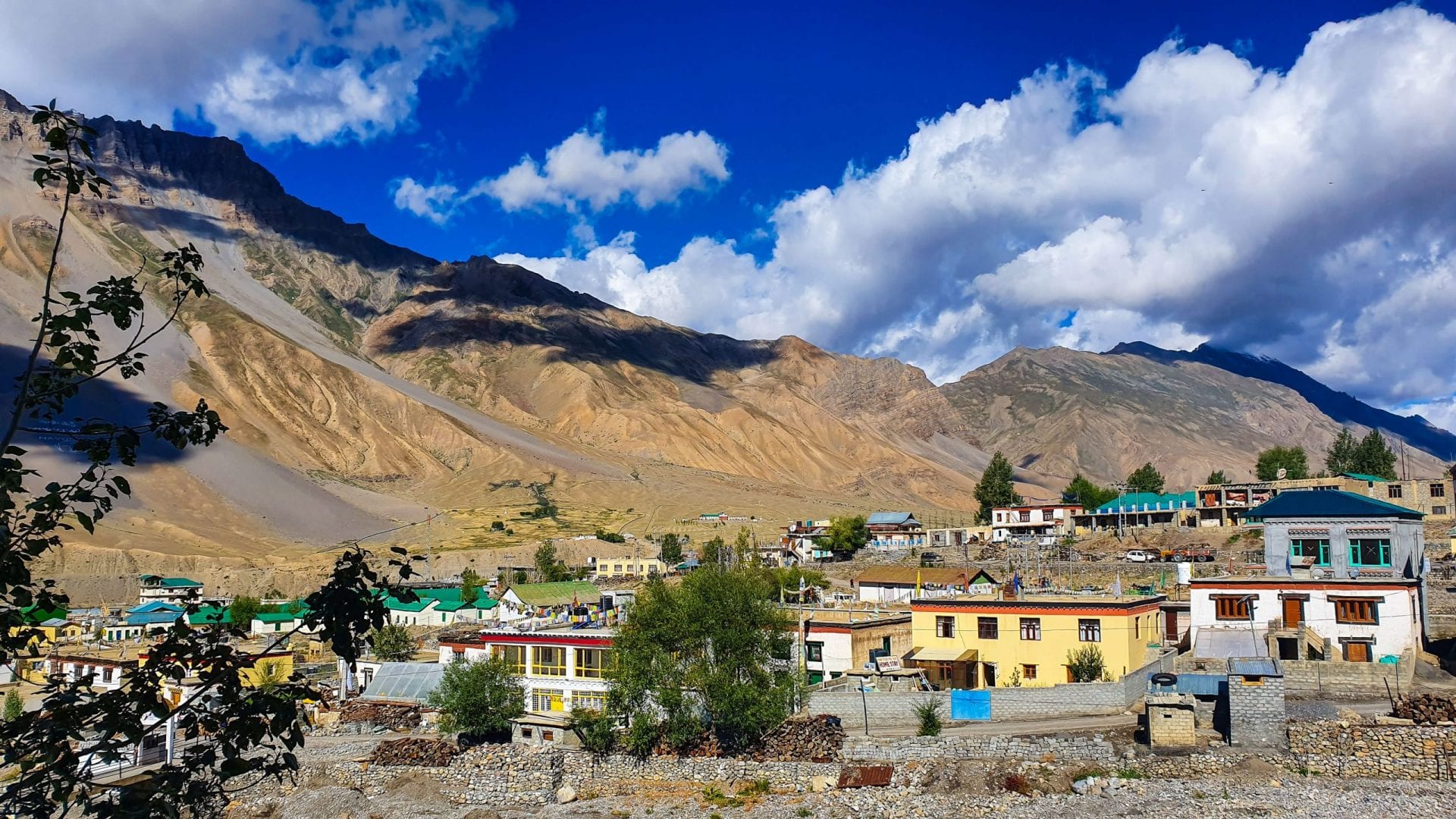
The Unique Appeal of Kaza: A Blend of Adventure and Spirituality
A Haven for Offbeat Travelers
Kaza stands apart from mainstream tourist destinations due to its remote location and untouched charm. Unlike popular hill stations or bustling cities, Kaza offers a serene escape where nature reigns supreme. The barren yet breathtaking landscapes, coupled with the simplicity of village life, make it an ideal destination for those looking to disconnect from the chaos of urban living.
For adventurers, Kaza provides endless opportunities to explore the unknown. From high-altitude treks to challenging mountain passes, the region is a playground for thrill-seekers. For spiritual seekers, the town’s ancient monasteries and sacred sites offer a chance to connect with inner peace and Buddhist teachings.
Hidden Gems Around Kaza: Must-Visit Attractions
Ki Monastery: A Fortress of Faith
Perched atop a hill overlooking the valley, Ki Monastery is one of the largest and oldest monasteries in Spiti. Founded in the 11th century, this iconic Gompa houses ancient murals, thangkas (Buddhist paintings), and statues of deities. Its fortress-like architecture not only reflects its historical importance but also symbolizes resilience against invasions.
Visitors are welcome to explore its halls, attend prayer sessions, and interact with the resident monks. The panoramic views of the surrounding mountains from the monastery make it a must-visit for both history buffs and photography enthusiasts.
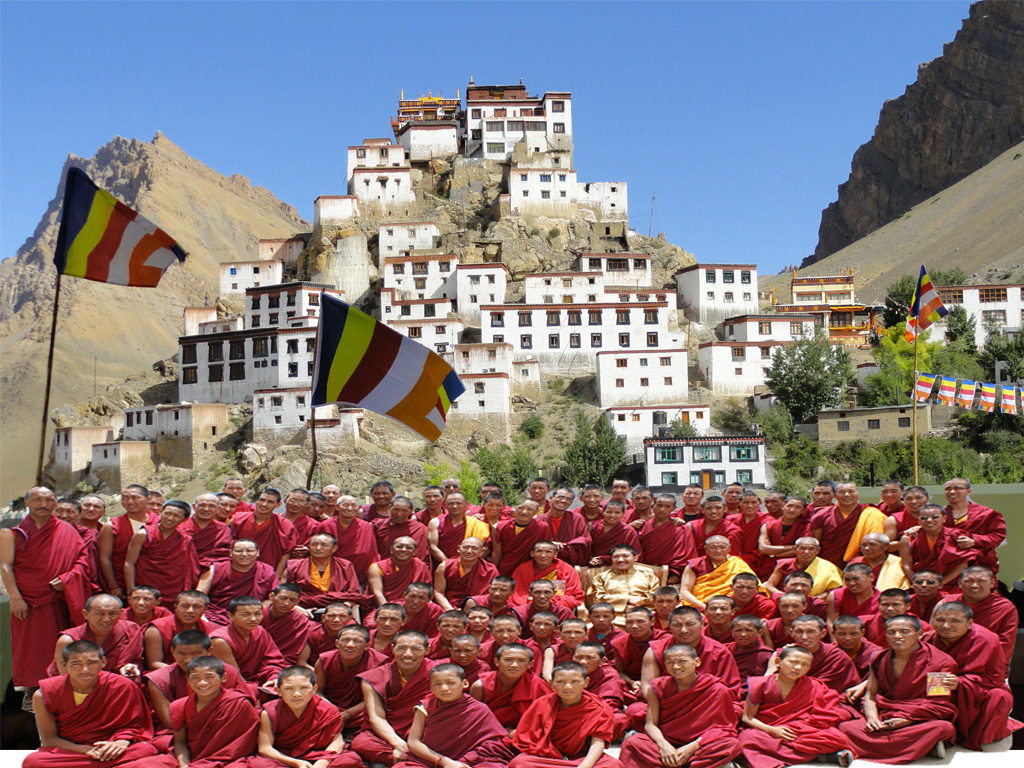
Tabo Monastery: A Living Museum of Art
Located about 50 kilometers from Kaza, Tabo Monastery is often referred to as the "Ajanta of the Himalayas." Founded in 996 AD, this UNESCO World Heritage Site candidate is one of the oldest continuously functioning monasteries in the world. Its exquisite frescoes and murals, preserved for centuries, are a testament to the region's artistic legacy.
Tabo Monastery is not just a religious site; it’s a cultural treasure trove. Visitors can spend hours admiring the intricate artwork and learning about the monastery’s role in preserving Tibetan Buddhism.
Dhankar Monastery: Perched on the Edge of Time
Another iconic monastery near Kaza is Dhankar Monastery , perched precariously on a cliff overlooking the confluence of the Spiti and Pin Rivers. This ancient Gompa once served as a fort and now houses a small community of monks. The view from the monastery is breathtaking, offering panoramic vistas of the surrounding mountains and valleys.
Dhankar Monastery is a reminder of Spiti's rich history and the enduring spirit of its people. Its location alone makes it worth the visit, as it offers some of the most stunning views in the region.
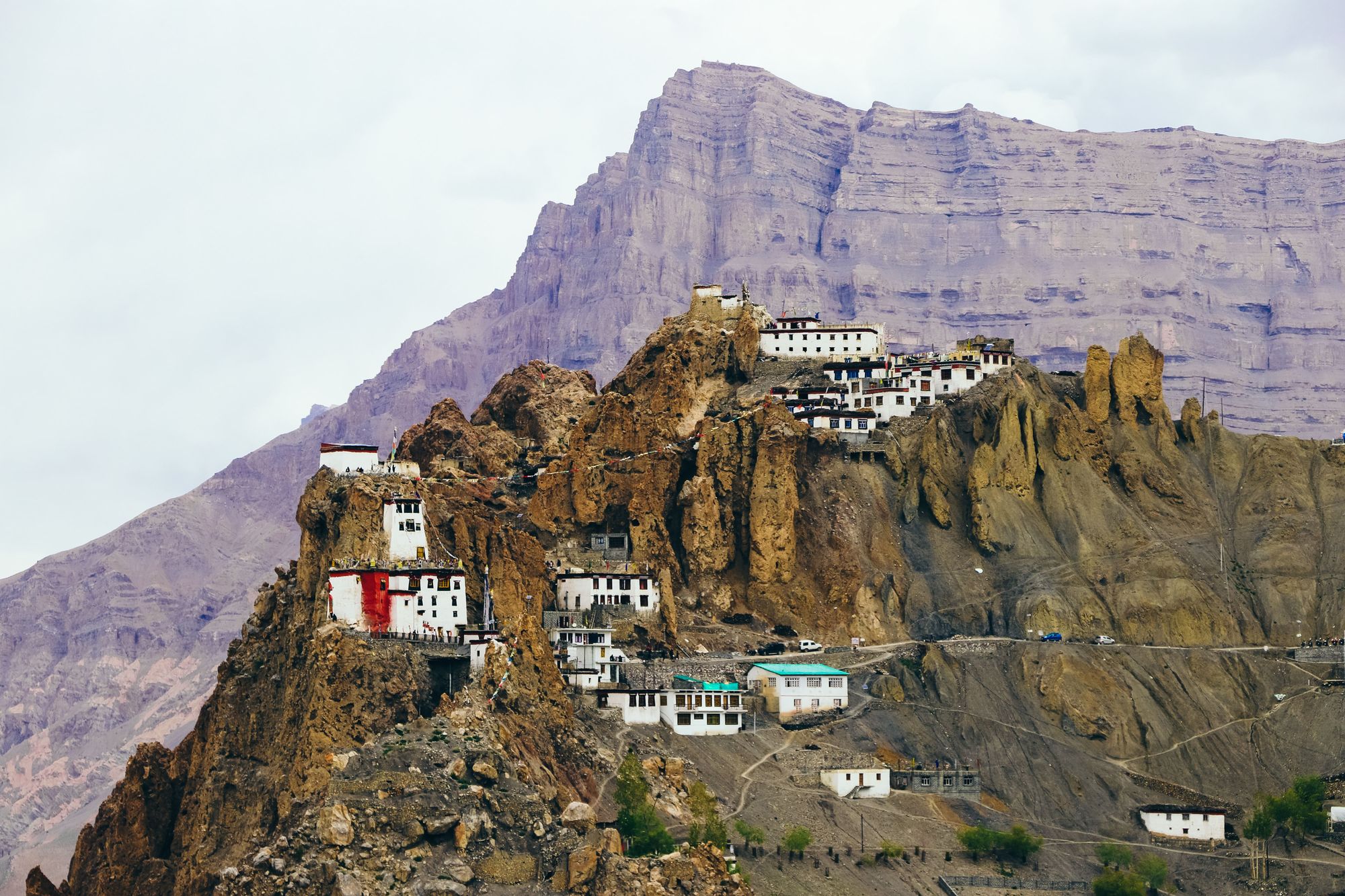
Experiencing Local Life: Culture and Traditions in Kaza
Traditional Architecture: A Testament to Resilience
One of the most striking features of Kaza is its traditional architecture. The town is dotted with mud-brick houses adorned with colorful prayer flags and intricate carvings. These structures are built using locally sourced materials like stone, clay, and wood, ensuring they blend seamlessly with the surrounding environment.
Each house in Kaza tells a story—of resilience, craftsmanship, and community spirit. The flat roofs, designed to withstand heavy snowfall, double as storage spaces for fodder and crops. Inside, cozy interiors feature earthen stoves called bukharis that provide warmth during harsh winters. Exploring these homes offers a rare insight into the daily lives of the villagers, whose hospitality knows no bounds.
Festivals and Celebrations: A Vibrant Tapestry of Culture
Life in Kaza revolves around festivals that celebrate nature, agriculture, and spirituality. One of the most significant events is Losar , the Tibetan New Year, which marks the beginning of the agricultural cycle. During this time, the entire valley comes alive with music, dance, and elaborate rituals. Locals dress in colorful traditional attire, and monasteries host special prayers to invoke blessings for prosperity.
Another notable festival is Halda , celebrated to honor the deity of fire. Villagers gather around bonfires, chanting hymns and performing folk dances under starlit skies. Participating in these celebrations allows travelers to immerse themselves in the rich tapestry of Spitian culture, forging connections that transcend language barriers.

Adventure Beyond Boundaries: Trekking Trails Around Kaza
Pin Valley National Park: A Wilderness Paradise
For trekkers, the Pin Valley National Park is a dream come true. This protected area offers some of the most challenging and rewarding treks in the region. The trail takes you through dense forests, alpine meadows, and high-altitude passes, offering diverse flora and fauna, including rare species like the snow leopard and ibex.
Camping in the wilderness of Pin Valley under a blanket of stars is an experience that words fail to describe adequately. The silence of the mountains and the vastness of the landscape leave you humbled and inspired.
Chandra Taal Lake Trek: A Journey Through Time
Another popular trek near Kaza is the Chandra Taal Lake Trek , which takes you to the stunning crescent-shaped lake nestled amidst the mountains. Known as the "Moon Lake," Chandra Taal offers breathtaking views and serene surroundings, making it a favorite among photographers and nature lovers.
The trek involves crossing high-altitude passes like Kunzum La, where you can enjoy panoramic views of the surrounding peaks. Camping by the lake under a starlit sky is an unforgettable experience that leaves you feeling connected to nature.
Langza Village: Fossils and Starry Nights
Langza Village , located near Kaza, is famous for its fossil beds and stunning views of the surrounding peaks. This picturesque village is home to some of the oldest fossils in the world, offering a glimpse into Earth’s geological history.
Langza is also one of the best places in the region for stargazing. On a clear night, the sky transforms into a canvas of twinkling stars, making it a paradise for astronomy enthusiasts.
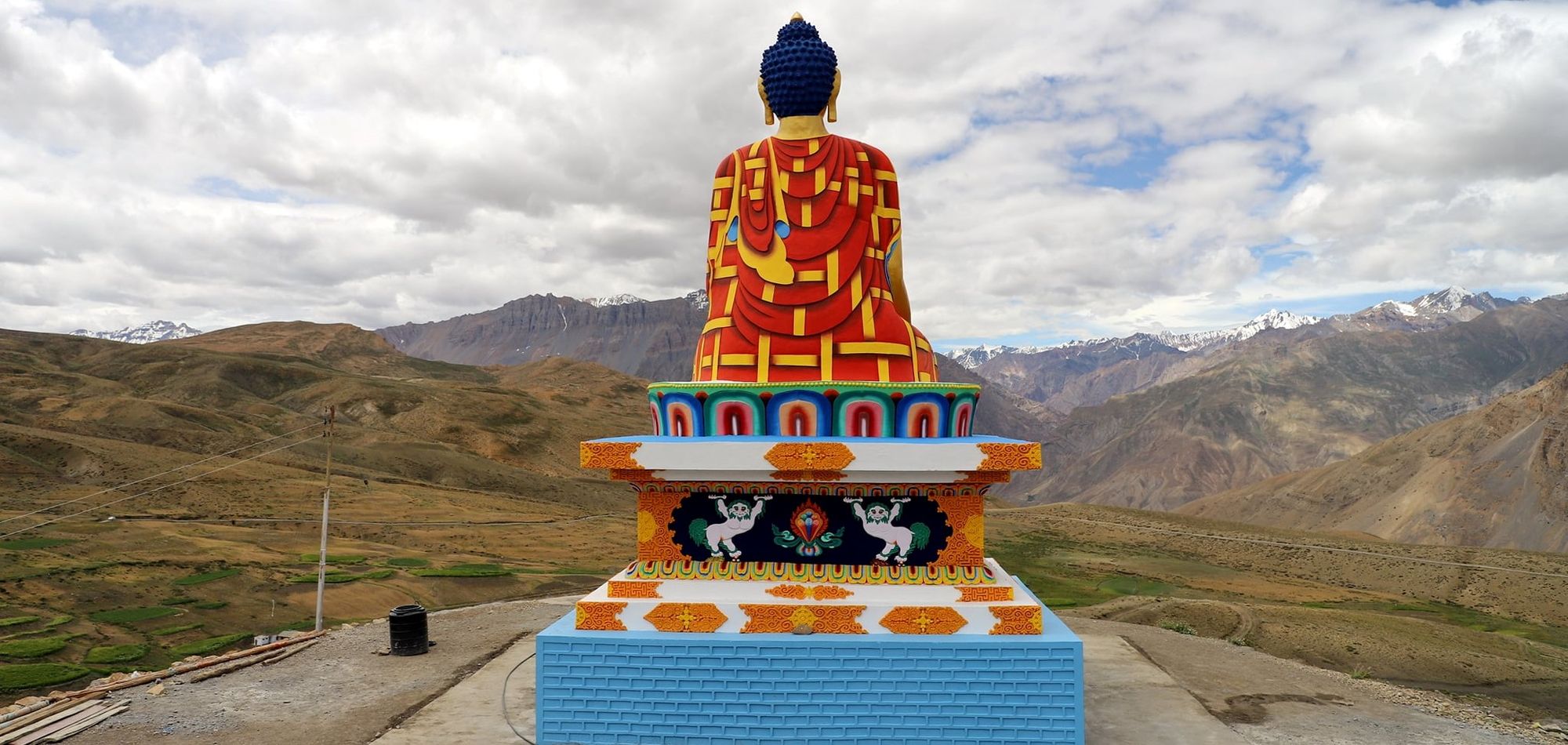
Practical Tips for Travelers: Making the Most of Your Visit
Best Time to Visit Kaza
The ideal time to explore Kaza depends on your preferences and tolerance for varying weather conditions. Summer (May to September) is undoubtedly the best season for first-time visitors, as the weather remains pleasant, and all trekking routes are accessible. Autumn (October) is another excellent time, offering clear skies and stunning fall colors.
Winter (November to April) transforms Kaza into a snowy wonderland, attracting adventurous souls willing to brave sub-zero temperatures. However, note that road access may be limited due to heavy snowfall, and accommodations might be scarce.
How to Reach Kaza
Reaching Kaza requires careful planning, especially if you’re traveling from major cities like Delhi or Manali. The nearest airport is Bhuntar (Kullu), approximately 350 kilometers away. From there, you can hire a taxi or take a shared cab to Kaza via Rohtang Pass and Kunzum La.
Alternatively, you can opt for a train journey to Shimla followed by a scenic drive through the Sutlej Valley. While public transport options exist, hiring a private vehicle ensures greater flexibility and comfort.
Accommodation Options in Kaza
Kaza offers a range of accommodation choices catering to different budgets. Homestays run by local families provide an authentic experience, allowing you to interact closely with the villagers. For those seeking luxury, boutique hotels and eco-friendly resorts offer modern amenities without compromising on the rustic charm.
Camping is another popular option, with several operators organizing tented stays near the Spiti River. Imagine falling asleep to the sound of flowing water and waking up to the sight of snow-capped peaks—it doesn’t get better than this!
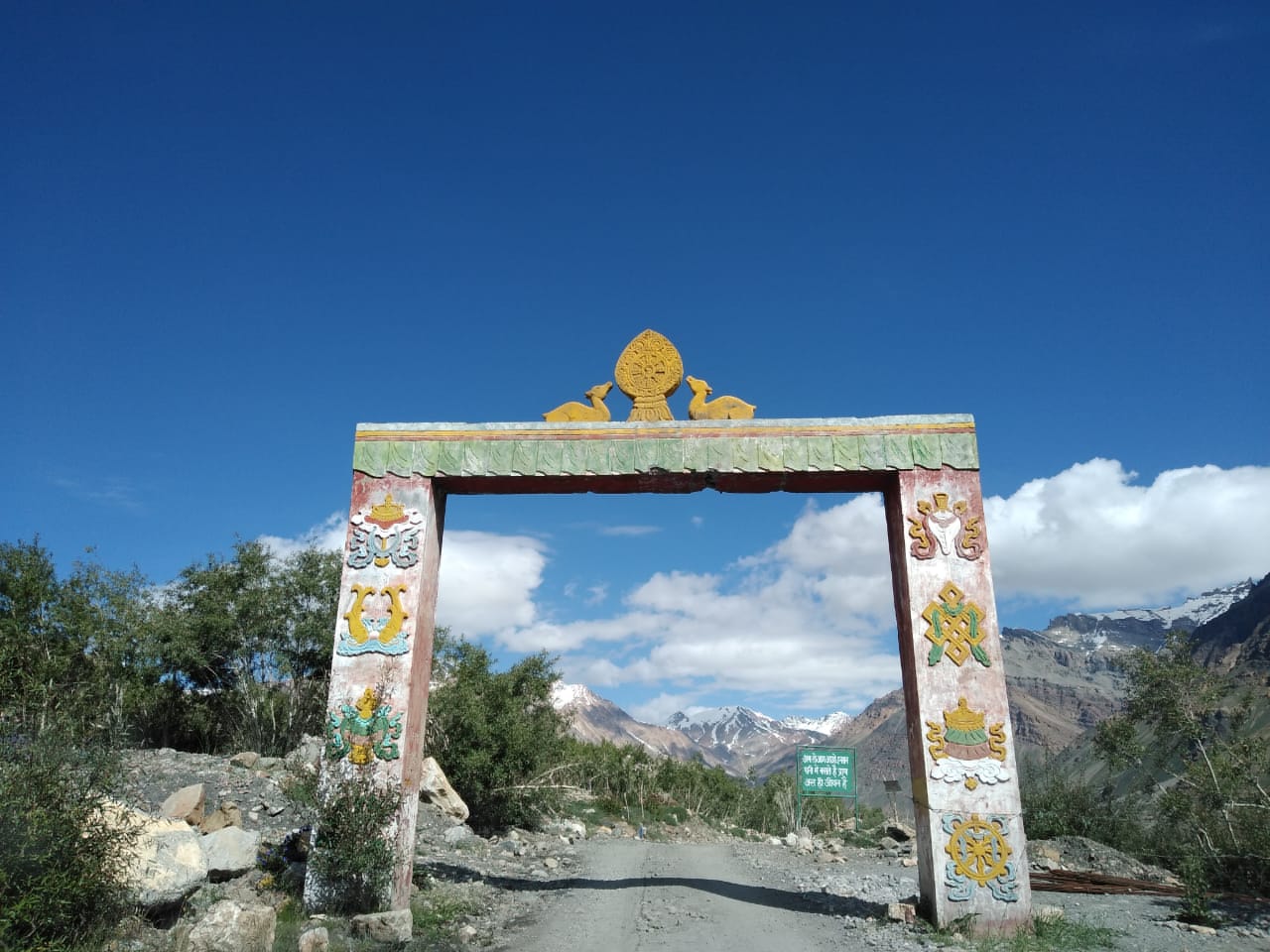
Essential Packing List
To ensure a smooth and enjoyable trip, pack wisely based on the season and activities planned. Some must-haves include:
- Warm clothing (jackets, thermals, gloves, and woolen caps)
- Sturdy trekking shoes
- Sunglasses and sunscreen
- First-aid kit
- Camera for capturing memories
- Reusable water bottle
Why Kaza Should Be on Every Traveler’s Bucket List
In today’s fast-paced world, finding a place that offers peace, simplicity, and raw natural beauty is becoming increasingly rare. Kaza checks all these boxes and more. It’s a destination that invites you to slow down, breathe deeply, and reconnect with what truly matters.
From its enchanting landscapes and rich cultural heritage to thrilling trekking trails and warm hospitality, Kaza has something for everyone. Whether you’re embarking on a solo adventure, planning a romantic getaway, or traveling with family, this hidden gem promises experiences that will stay with you forever.
So why wait? Start planning your journey to Kaza today and discover the magic of the Himalayas firsthand. Share this guide with fellow travelers and inspire them to explore one of India’s most underrated treasures.
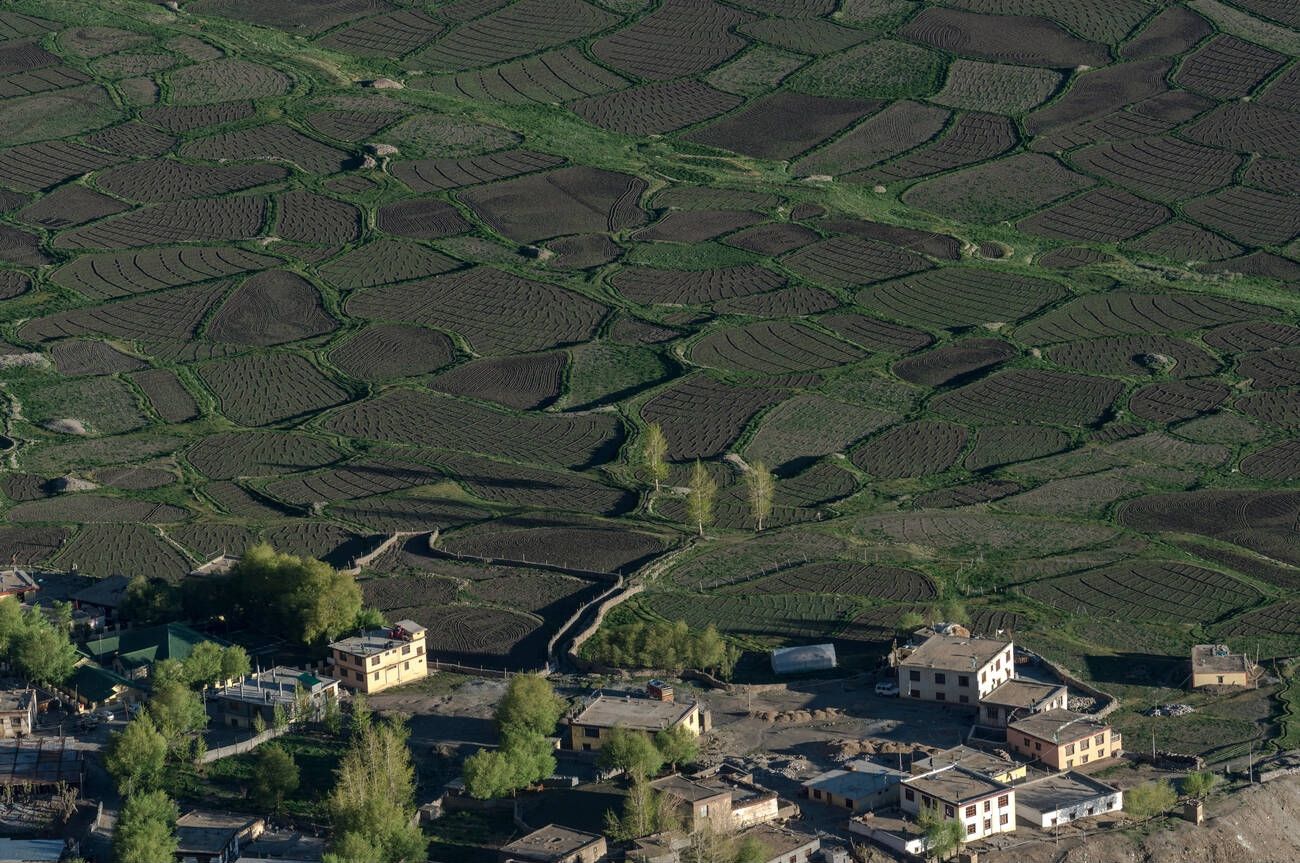
Freqeuntly Asked Quentions About Kaza
Where is Kaza located and why is it famous?
Kaza is the administrative capital of Spiti Valley in Himachal Pradesh, situated at 3,650 meters. It's renowned for its ancient monasteries, rugged landscapes, and unique Tibetan Buddhist culture.
What is the best time to visit Kaza?
The ideal window is June to September when roads are open and temperatures are mild. October to May brings extreme cold and snow, making many routes inaccessible.
Do I need a permit to visit Kaza?
Indian citizens do not require permits for Kaza itself, but foreigners need a Protected Area Permit (PAP) for Spiti Valley, obtainable in Shimla or Reckong Peo.
How do I reach Kaza from Delhi?
There are two main routes:
-
Manali route (open June-Sept): Delhi → Manali → Rohtang Pass → Kunzum Pass → Kaza (~500 km, 18-20 hrs)
-
Shimla route (year-round): Delhi → Shimla → Kinnaur → Spiti → Kaza (~700 km, 24+ hrs)
What are the top attractions near Kaza?
-
Key Monastery – Spiti's largest & oldest Buddhist monastery
-
Kibber Village – One of the world's highest motorable villages
-
Chandratal Lake – Stunning high-altitude lake (seasonal access)
-
Langza & Hikkim – Fossil villages with the world's highest post office
Is there mobile network and internet in Kaza?
BSNL works intermittently in town, while other networks are unreliable. Some cafes offer slow WiFi, but expect frequent disconnections.
What accommodation options are available in Kaza?
From budget guesthouses (₹800-1,500/night) to comfortable hotels (₹2,500+), plus several homestays. Book ahead in peak season (July-August).
Can I visit Kaza in winter?
Yes, but only via the Shimla route (Manali route closes). Temperatures drop to -25°C to -30°C, and many hotels shut down. Only for hardcore cold-weather lovers!
Is Kaza safe for solo female travelers?
Generally safe with friendly locals, but the remote location means:
-
Avoid solo treks
-
Stay in well-reviewed accommodations
-
Carry emergency contacts
What essentials should I pack for Kaza?
-
Warm layers (thermal wear, down jacket)
-
Sunglasses & sunscreen (intense UV at high altitude)
-
Medication for altitude sickness
-
Power banks (frequent power cuts)
-
Cash (limited ATMs, most places don't accept cards)
